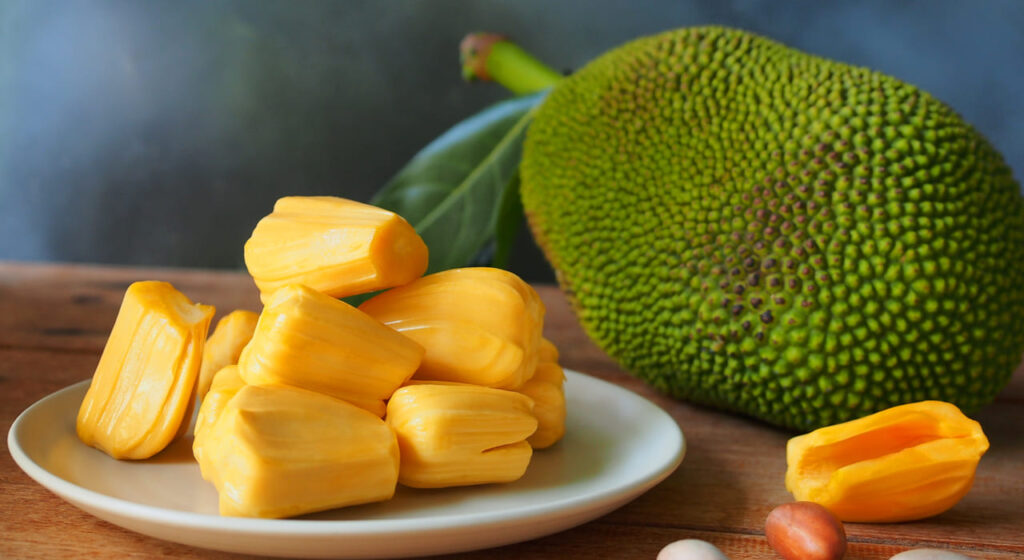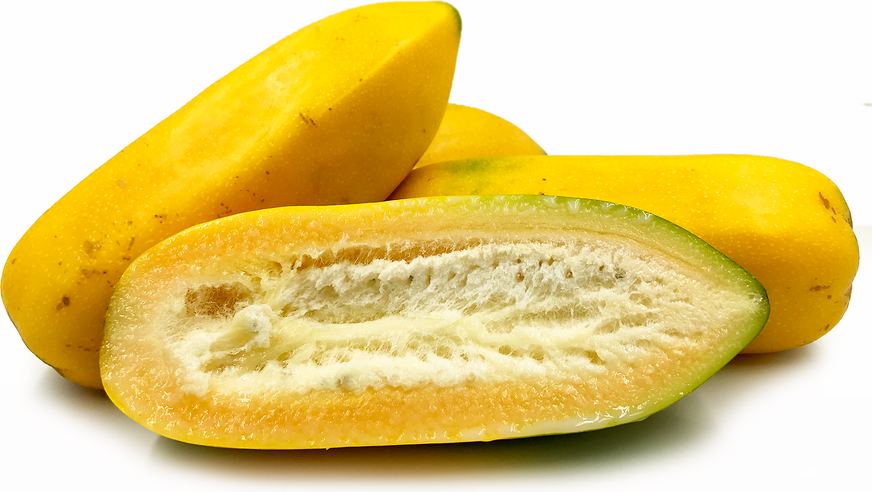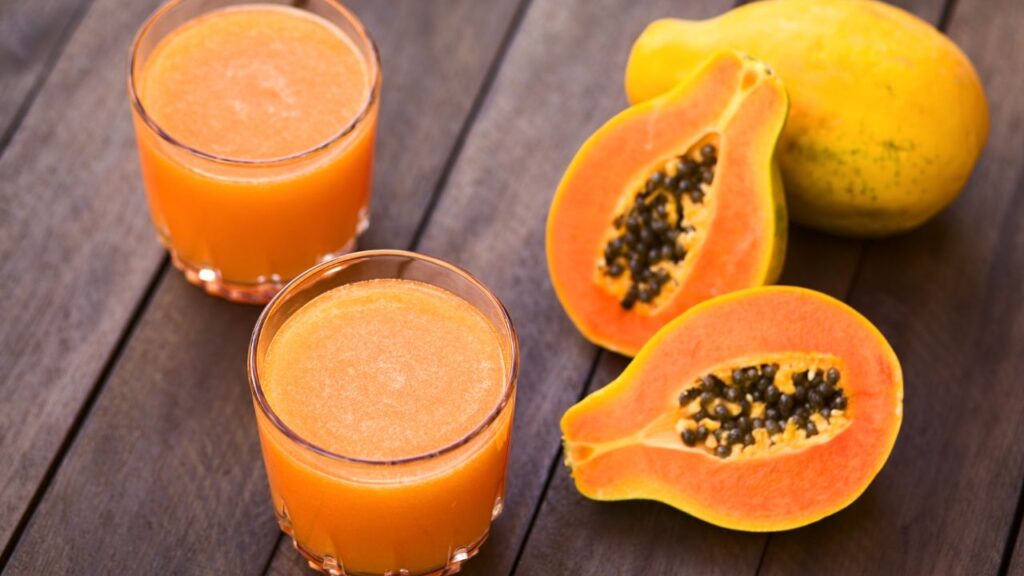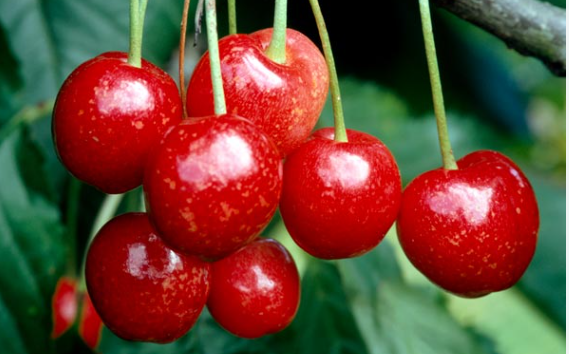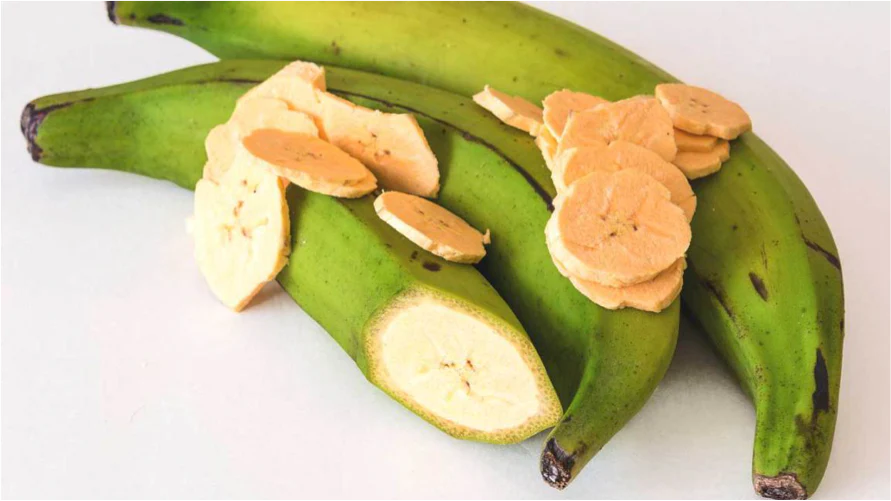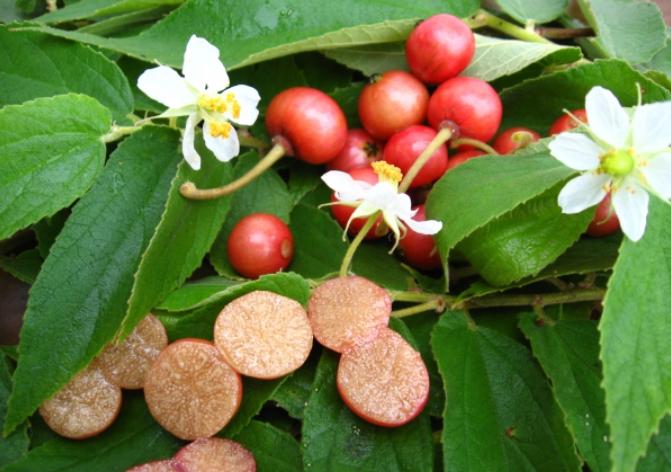Understanding what makes fruits and vegetables different is key to a balance and nutritious diet. Both of them have the essential nutrients and vitamins our bodies rely on to stay healthy. However, there are quite a few distinctions to be aware of as you make food choices.
Table of Contents
- Dive Into the Differences Between Fruits and Vegetables
- 1. What Are They?
- 2. Nutritional Content
- 3. How They Grow
- 4. Flavors
- 5. Usage in Cooking
- 6. Cooking Techniques
- 7. Symbolic Meanings
- 8. Seasonality
- 9. What Helps Fruits and Vegetables Grow Well?
- 10. Why Are There So Many Different Kinds of Fruits and Veggies?
- Fruit vs. Vegetable: What’s the Difference?
- In Conclusion
- FAQ
- How Do Fruits and Vegetables Compare When It Comes to Nutrition?
Dive Into the Differences Between Fruits and Vegetables
Maintaining a healthy lifestyle includes eating plenty of fruits and vegetables. They are packed with vitamins, minerals, and nutrients our bodies need every day. Let’s explore the specific differences between these two types of food.
Here’s a detailed list of 10 main differences between fruits and vegetables:
1. What Are They?
A fruit is part of a plant that develops from its flower and contains seeds. Vegetables are other edible parts of the plant that usually don’t have seeds.
Examples of fruits are apples, grapes, oranges, and strawberries. They grow from the part of the plant that blossoms. Fruits are typically sweet or tart and can be eaten in various ways, including fresh and in desserts.
Vegetables come from the plant’s leaves, stems, roots, and bulbs, and they generally don’t include seeds. Carrots, spinach, garlic, and beets are vegetables, and they can be eaten in many forms like salads or cooked dishes.
2. Nutritional Content
Fruits tend to have more vitamins and minerals, while vegetables usually have more fiber and other nutrients.
Fruits are an excellent source of key nutrients, including natural sugars for energy, vitamin C for immunity, potassium for muscle function, and fiber for digestion.
Vegetables, on the other hand, are rich in dietary fiber, which supports a healthy gut. They are also usually low in calories and fat, and high in vitamins like A and D, calcium, and other minerals vital for good health.
3. How They Grow
Fruits come from the flowers of plants and usually have a sweet or sour taste, depending on the type. Vegetables grow from different parts of the plant, such as the roots or leaves, and tend to have less distinct or more varied flavors.
Fruits start off as flowers and then mature into the sweet, juicy foods we enjoy. Vegetables, however, grow from the plant itself and can have a range of tastes from bitter to mild, and are full of essential nutrients.
4. Flavors
The taste is a big part of what sets fruits and vegetables apart. Fruits tend to be naturally sweet or tart, while vegetables can have a wide spectrum of flavors from sour to bland.
Fruits can be enjoyed on their own or transformed into juices, smoothies, and sweet treats. They generally don’t need any additional seasonings to bring out their flavors.
Vegetables come with a variety of tastes, influenced by their nutrient content. They are versatile, able to be eaten raw or cooked, and can be seasoned with herbs and spices to enhance their flavor.
5. Usage in Cooking
Understanding the use of fruits and vegetables in the kitchen is important. Fruits can be eaten as they are, used to create preserves or juices, or included as a sweet element in recipes.
Vegetables often form the foundation of savory meals. They can be prepared in different ways: roasted, boiled, stir-fried, or served raw in salads. They can also be the main ingredient in soups, stews, and are perfect for a variety of dishes.
Apart from cooking, fruits, and vegetables are also utilized in other products like beauty creams, health supplements, and even as natural coloring agents for fabrics and crafts. , and, and, and other fabrics and crafts.
6. Cooking Techniques
There are many ways to prepare fruits and vegetables, each bringing out different flavors and textures.
Fruits can be chopped, blended, or eaten just as they are. They are perfect for making desserts and can also be cooked in various ways, like on the grill.
Vegetables can be cooked in many styles — steamed, sautéed, roasted, or even eaten raw. They are also key ingredients in creating hearty and warming soups and stews.
7. Symbolic Meanings
Fruits have deep connections to concepts like wealth, fertility, and are featured in many stories and traditions. They’re even part of rituals and offerings to deities.
Veggies are linked to health and nourishment. They’re staple foods in many cultural cuisines and are also used in traditional remedies for their health-boosting properties.
8. Seasonality
Fruits and vegetables can’t always be found all year round because they need certain weather conditions to grow. This is why we talk about seasonal fruits and veggies.
In places with distinct seasons, some fruits and veggies are only available in the summer or during specific times of the year. This varies based on the climate of the region.
However, those living in warmer climates like the tropics may get to enjoy certain produce throughout the year due to the consistent weather.
We can get different types of fruits and vegetables like bananas, pineapples, mangoes, and avocados easily.
9. What Helps Fruits and Vegetables Grow Well?
Fruits and veggies need the right conditions to grow properly.
Things like temperature, how wet it is, and how much sunlight they get can all play a part in how well they grow. When these conditions are just right, plants can grow better, and the fruits and veggies they make can taste better and be better for you.
10. Why Are There So Many Different Kinds of Fruits and Veggies?
Genes make every fruit and vegetable unique. They come in all sorts of sizes, shapes, colors, and flavors because of their genes.
Take apples as an example. There are lots of different types, and each one is special in its own way – some are big, some are small, some are red, some are green, and they all taste a bit different.
These genes can change by themselves, or humans can mix them in new ways to make fruits and veggies with special qualities, like tasting really good or not getting sick so easily. If you want to learn more about genetic variation, click the link!
Fruit vs. Vegetable: What’s the Difference?
Fruits and vegetables are both from plants, but they’re not the same.
Fruits are the parts of the plant that have seeds inside – they’re usually sweet and juicy. You can eat them just as they are or use them to make juice and other yummy things.
Vegetables are the other parts of the plant that we can eat, like leaves, stems, roots, or bulbs. They don’t usually have seeds or fruit parts, and we can cook them or eat them raw in things like salads. Both fruits and veggies are good for us, tasty, and a must for a balanced diet.
In Conclusion
Even though fruits and veggies might seem similar, there are some important differences.
Veggies are usually not sweet and have lots of good stuff like vitamins, minerals, and fiber. On the other hand, fruits are sweet because they have natural sugars. People usually cook veggies, but they often eat fruits just the way they are.
With veggies, we eat parts like roots, stems, leaves, and sometimes seeds. Fruits are often grown for their seeds, flowers, or the parts that hold the seeds. We use vegetables in savory (not sweet) food, while fruits are mostly for snacks or desserts.
But no matter their differences, fruits and veggies are both really important for our health and should be part of every meal.
FAQ
How Do Fruits and Vegetables Compare When It Comes to Nutrition?
Both are low in fat and calories, which is great for our health. Fruits give you a quick energy boost because they have natural sugars, and veggies have complex carbs that give you steady energy over time.
Eating both is key to staying healthy and can help keep us from getting things like obesity, heart disease, and diabetes.


